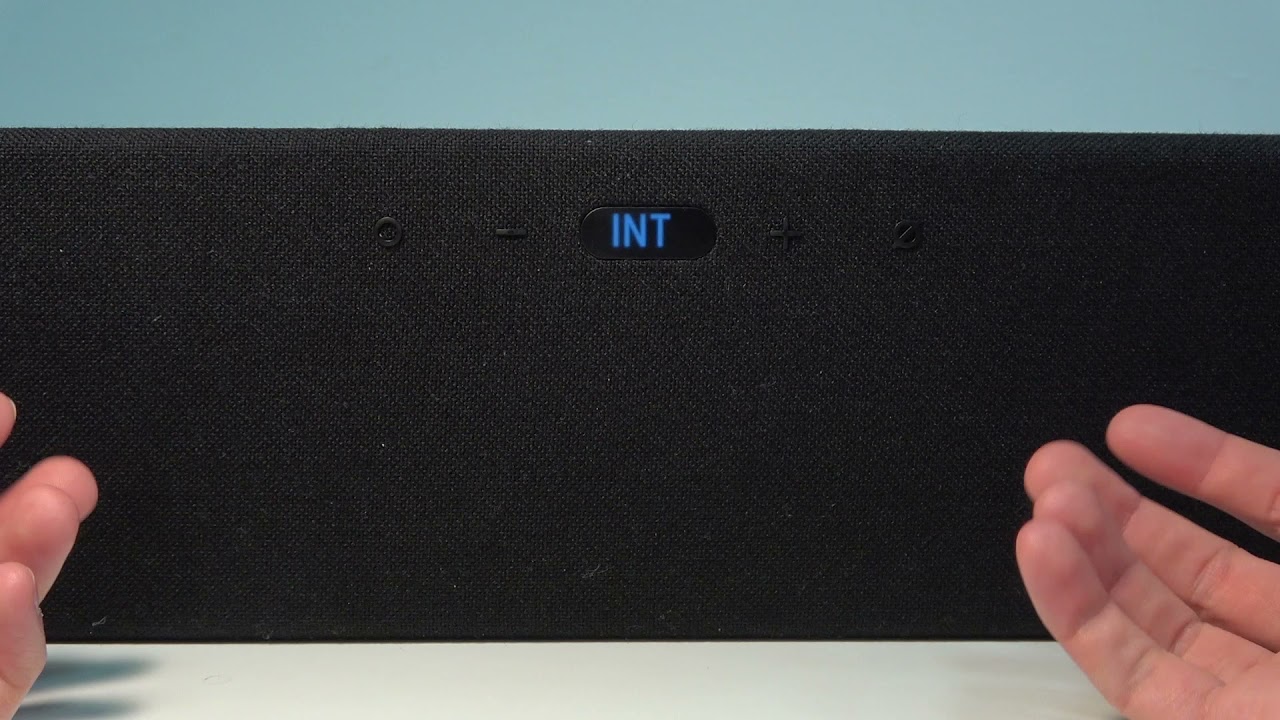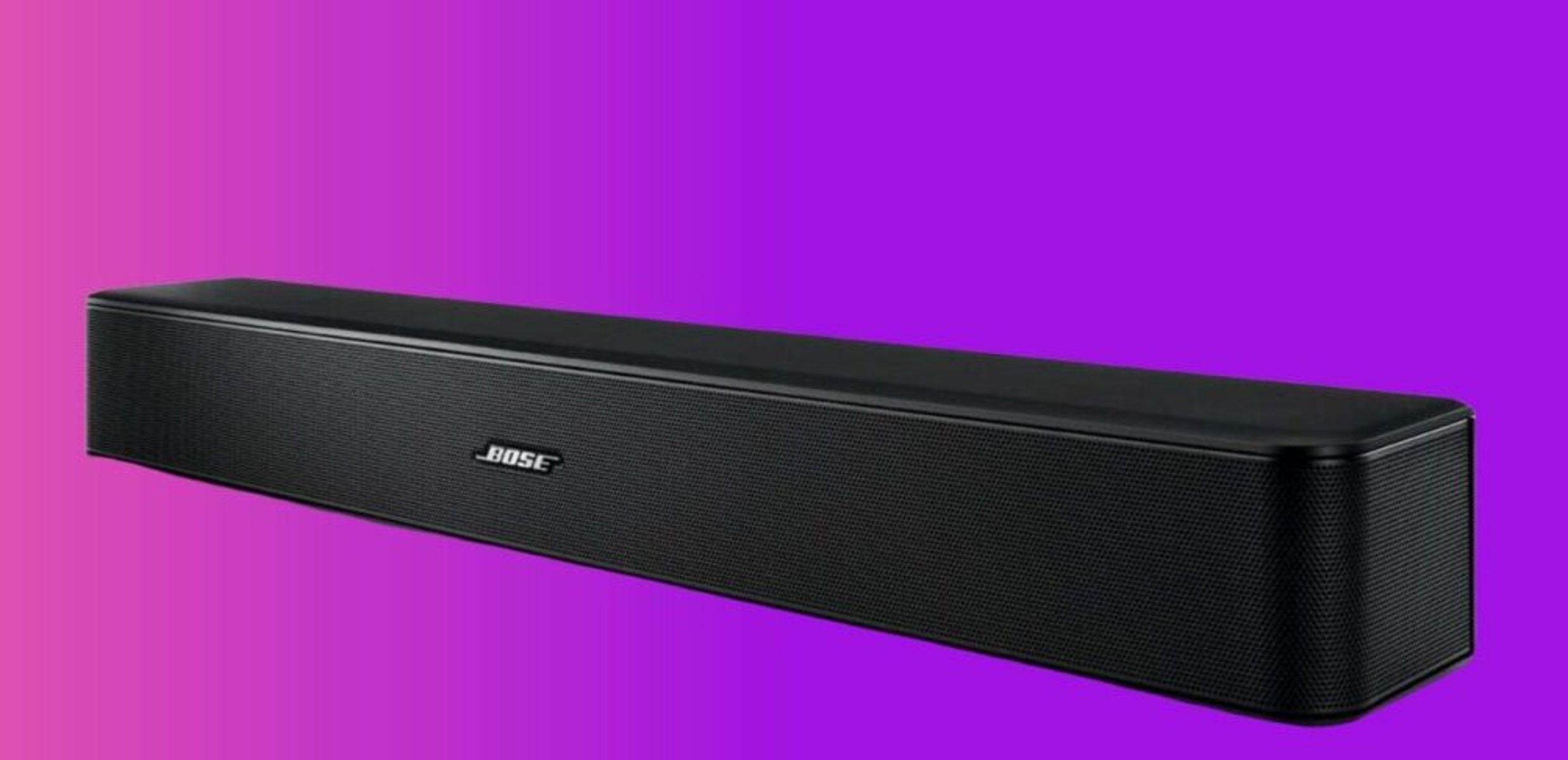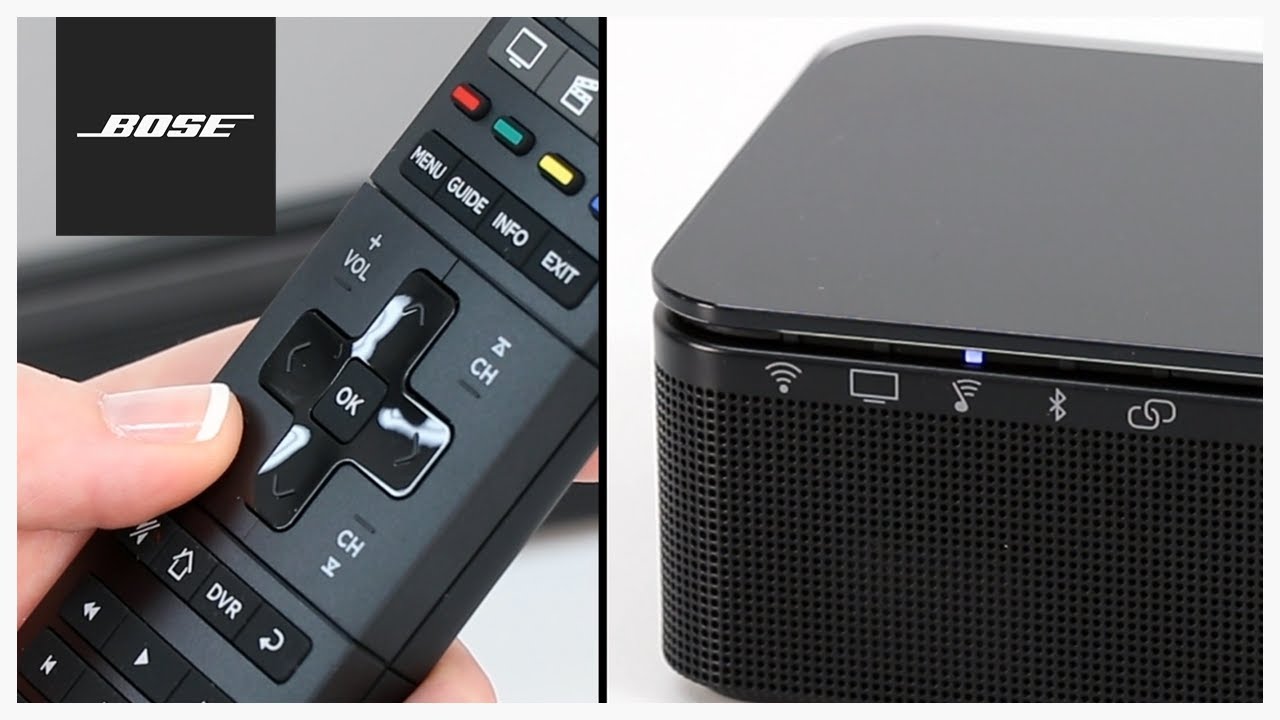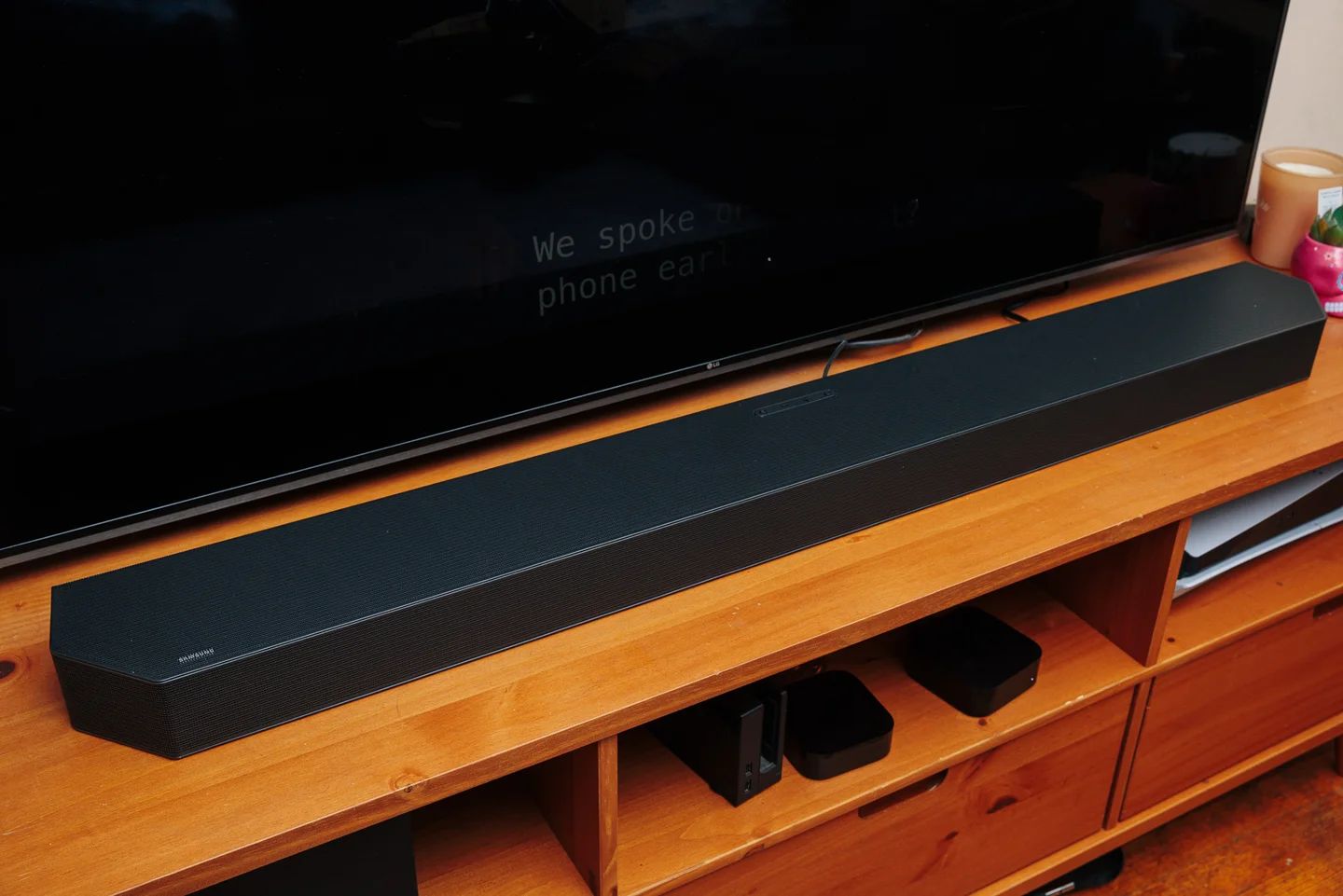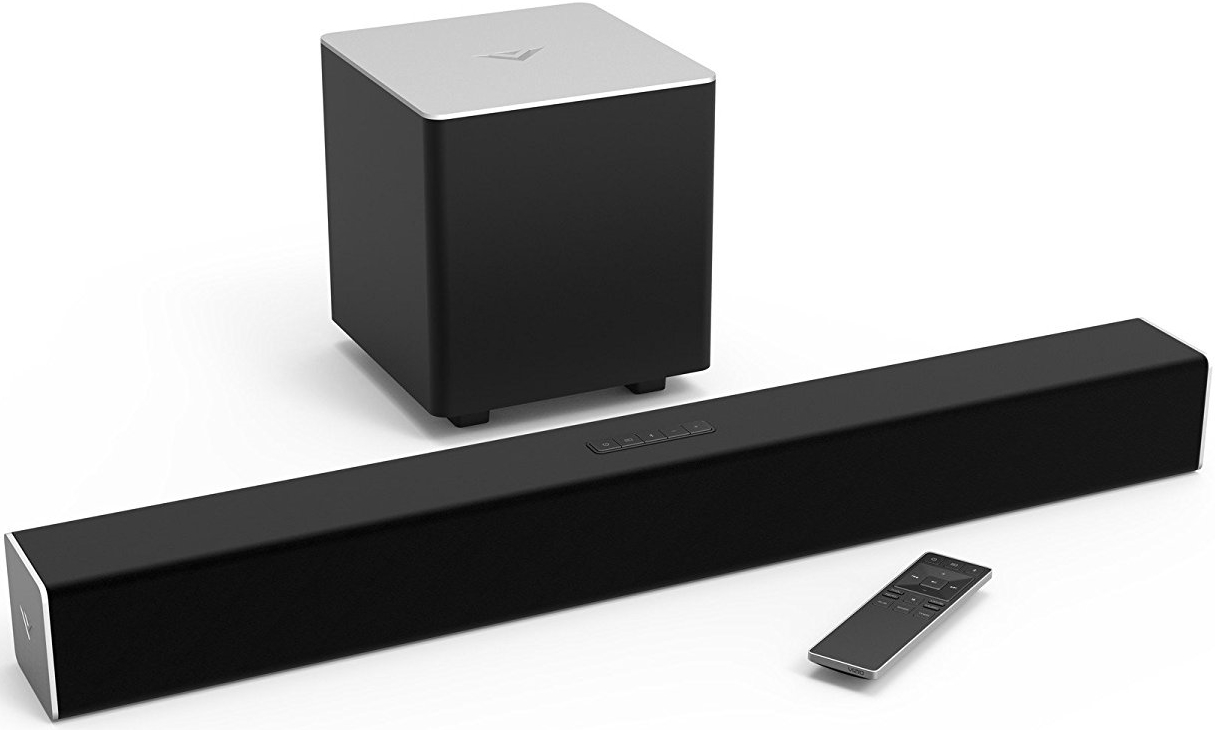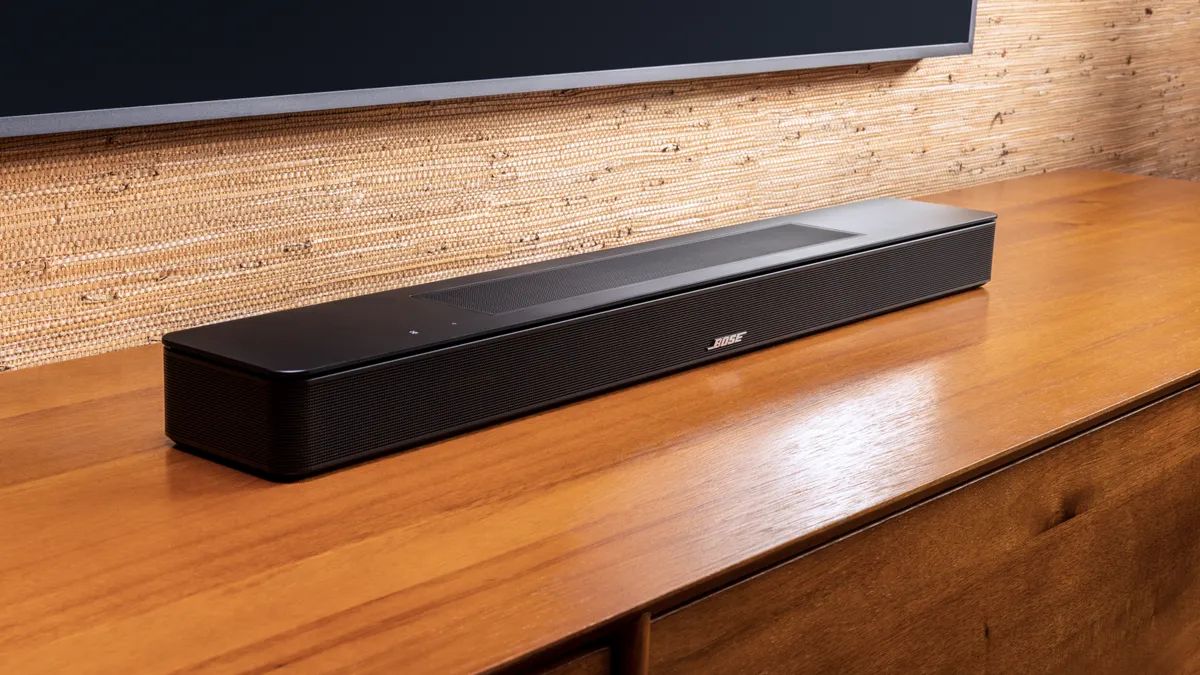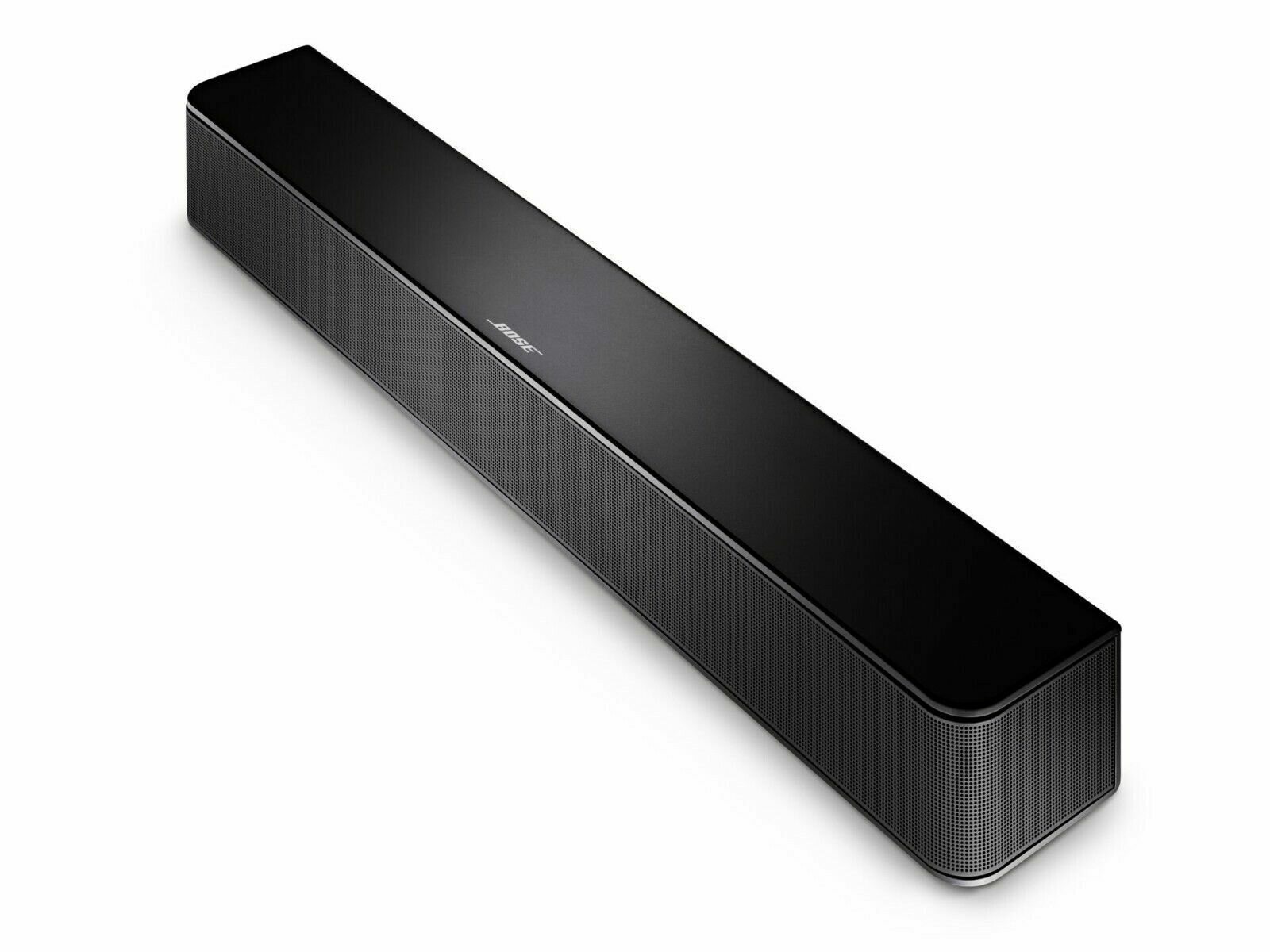Introduction
A soundbar is a popular audio solution that enhances the audio quality of your TV or audio system. It’s a sleek and compact device that can provide immersive sound for your home entertainment setup. However, there may be situations where you need to reset your soundbar to resolve certain issues or restore it to its original settings.
Resetting a soundbar can help fix problems like audio distortion, connectivity issues, or unresponsive controls. It’s also useful when you want to start fresh with your soundbar setup or if you’re planning to sell or give it away. There are different methods to reset a soundbar, depending on the model and brand you own.
In this article, we’ll guide you through three common methods for resetting a soundbar. These methods include using the physical buttons on the soundbar itself, using the remote control that came with the soundbar, and utilizing a dedicated mobile app if available. We’ll also provide some troubleshooting tips in case you encounter any hurdles during the reset process.
Whether you’re new to soundbars or a seasoned user, this article will help you navigate the reset process effectively and get your soundbar working as good as new. So, let’s dive into the various methods and troubleshoot any issues that may arise along the way.
Why would you need to reset a soundbar?
There are several reasons why you might need to reset your soundbar. Here are a few common situations where a reset can be beneficial:
- Audio issues: If you’re experiencing sound problems like distorted audio, sudden volume changes, or poor sound quality, a reset can help resolve these issues. Resetting the soundbar can eliminate any software glitches or settings conflicts that may be causing the audio problems.
- Connectivity problems: Sometimes, your soundbar may have trouble connecting to other devices such as your TV, smartphone, or gaming console. This can result in no audio output or inconsistent connections. Resetting the soundbar can refresh its connectivity settings and help establish a stable connection with your devices.
- Unresponsive controls: If the buttons or controls on your soundbar are not responding or behaving erratically, a reset can recalibrate the system and restore normal functionality. It can fix issues with unresponsive power buttons, unchanging volume levels, or uncontrolled playback functions.
- Change of ownership: If you’re selling or giving away your soundbar, resetting it ensures that your personal settings and information are erased. This protects your privacy and allows the new owner to set up the soundbar according to their preferences.
- Starting fresh: Perhaps you just want to start fresh with your soundbar setup. Resetting the soundbar can remove any custom settings, equalizer adjustments, or network configurations you’ve made and allow you to begin anew. This is especially useful if you’ve made changes that have negatively impacted the soundbar’s performance.
By resetting your soundbar, you can troubleshoot and resolve common issues, ensure smooth connectivity, and optimize audio performance. Now that we understand the common scenarios where a reset is beneficial, let’s explore the different methods you can use to reset your soundbar.
Method 1: Using the physical buttons on the soundbar
If your soundbar has physical buttons on its surface, you can use them to perform a reset. Here’s how:
- First, ensure that your soundbar is powered on and connected to a power source.
- Locate the reset button on your soundbar. It is usually a small, recessed button located on the back or bottom of the device.
- Using a paperclip or a similar thin object, press and hold the reset button for about 10 seconds.
- Release the button once the soundbar’s indicators, lights, or display turn off and then turn back on.
- Your soundbar has now been reset to its default settings. It’s important to note that this method may vary slightly depending on the brand and model of your soundbar, so refer to the user manual for specific instructions.
By using the physical buttons on the soundbar, you can easily reset the device without the need for additional tools or accessories. This method is particularly useful when you don’t have access to the remote control or if it’s unresponsive. However, if your soundbar does come with a remote control, you can also use it to perform a reset, which we’ll explore in the next section.
Method 2: Using the remote control
If your soundbar comes with a remote control, you can use it to easily reset the device. Follow these steps:
- Make sure your soundbar is powered on and the remote control is within range.
- Locate the “Menu” or “Settings” button on your remote control. It is usually represented by an icon with three horizontal lines or a gear symbol.
- Press the “Menu” or “Settings” button to access the soundbar’s settings menu.
- Navigate through the menu using the arrow or directional buttons on the remote control.
- Look for an option that allows you to reset or restore the soundbar to its default settings. The name or location of this option may vary depending on the brand and model of your soundbar.
- Select the reset option and confirm your choice when prompted. This may involve pressing an “OK” button or entering a password or code.
Once the reset process is complete, your soundbar will restart and return to its factory-default settings. It’s important to note that the specific steps may differ slightly based on the remote control and soundbar model you have. If you need additional guidance, consult the user manual that came with your soundbar.
Using the remote control to reset your soundbar can be convenient and intuitive, especially if you’re familiar with navigating through menus. However, if your soundbar supports a dedicated mobile app, you can also use it to reset the device, which we’ll discuss in the next method.
Method 3: Using the soundbar’s mobile app
Many modern soundbars come with a dedicated mobile app that allows you to control and configure the device. If your soundbar supports this functionality, you can also use the mobile app to perform a reset. Here’s how:
- Download and install the mobile app for your specific soundbar model from the app store on your smartphone or tablet.
- Make sure your soundbar and mobile device are connected to the same Wi-Fi network.
- Launch the mobile app and sign in or create an account, if required.
- Once you’re logged in, navigate to the settings or preferences section of the app.
- Look for an option that allows you to reset or restore the soundbar to its default settings.
- Select the reset option and confirm your choice when prompted. This may involve tapping an on-screen button or entering a password or code.
After confirming the reset, your soundbar will go through the reset process and restore its factory-default settings. The specific steps and location of the reset option may vary depending on the mobile app and soundbar model you have. Refer to the user manual or help section within the app for further guidance if needed.
Using the soundbar’s mobile app for resetting provides a convenient and user-friendly method, especially if you prefer controlling your soundbar through your smartphone or tablet. It eliminates the need for a physical remote control or navigating through menus on the soundbar itself. Once the reset is complete, you can proceed with configuring your soundbar to suit your preferences.
Troubleshooting tips
While resetting your soundbar can often resolve common issues, there are some troubleshooting tips you can try before resorting to a reset. Here are a few suggestions:
- Check the connections: Ensure that all the cables connecting your soundbar to the TV or other devices are securely plugged in. Loose or faulty connections can cause audio problems or connectivity issues.
- Restart your devices: Sometimes, a simple restart of your soundbar, TV, or other connected devices can fix minor glitches. Turn off all devices, unplug them from the power source, wait for a few minutes, then plug them back in and turn them on again.
- Update the firmware: Check if there are any available firmware updates for your soundbar. Manufacturers often release firmware updates to fix bugs, improve performance, and add new features. Visit the manufacturer’s website or use the mobile app (if available) to check for updates and follow the instructions to install them.
- Adjust audio settings: Experiment with the soundbar’s audio settings, such as EQ (equalizer) presets, virtual surround sound, or dialogue enhancement. Sometimes, tweaking these settings can improve the audio quality and address issues like muffled sound or unbalanced audio levels.
- Reset specific components: If you’re experiencing issues with specific audio sources, such as a gaming console or streaming device, try resetting those devices as well. This can help refresh their settings and establish a better connection with your soundbar.
If none of these troubleshooting tips resolve the problem, then it’s time to proceed with a reset. Remember that resetting your soundbar should be done as a last resort and that it will erase any custom settings or configurations you’ve made.
By following these troubleshooting tips, you can often save time and effort by resolving common soundbar issues without the need for a reset. However, if the problems persist or if you want to start fresh, the reset methods discussed earlier in this article should help you out.
Conclusion
Resetting a soundbar can be a useful troubleshooting step when you’re experiencing audio issues, connectivity problems, or unresponsive controls. It allows you to restore the device to its default settings, effectively resolving common problems and providing a fresh start for your soundbar setup.
In this article, we explored three methods for resetting a soundbar: using the physical buttons on the soundbar, using the remote control, and utilizing the soundbar’s mobile app (if available). Each method offers its own convenience and ease of use, allowing you to reset your soundbar based on your preference and the available options.
Before performing a reset, it’s worth trying some troubleshooting tips to resolve any issues you may encounter. Checking connections, restarting devices, updating firmware, and adjusting audio settings are simple steps that can sometimes fix common problems without the need for a reset.
Ultimately, whether you need to reset your soundbar to fix audio issues, connectivity problems, or simply start fresh, the methods outlined in this article should guide you through the process. Consult your soundbar’s user manual for specific instructions and variations based on your soundbar model.
By understanding how to reset your soundbar and troubleshooting beforehand, you can optimize its performance, enjoy immersive sound, and enhance your overall home entertainment experience.







